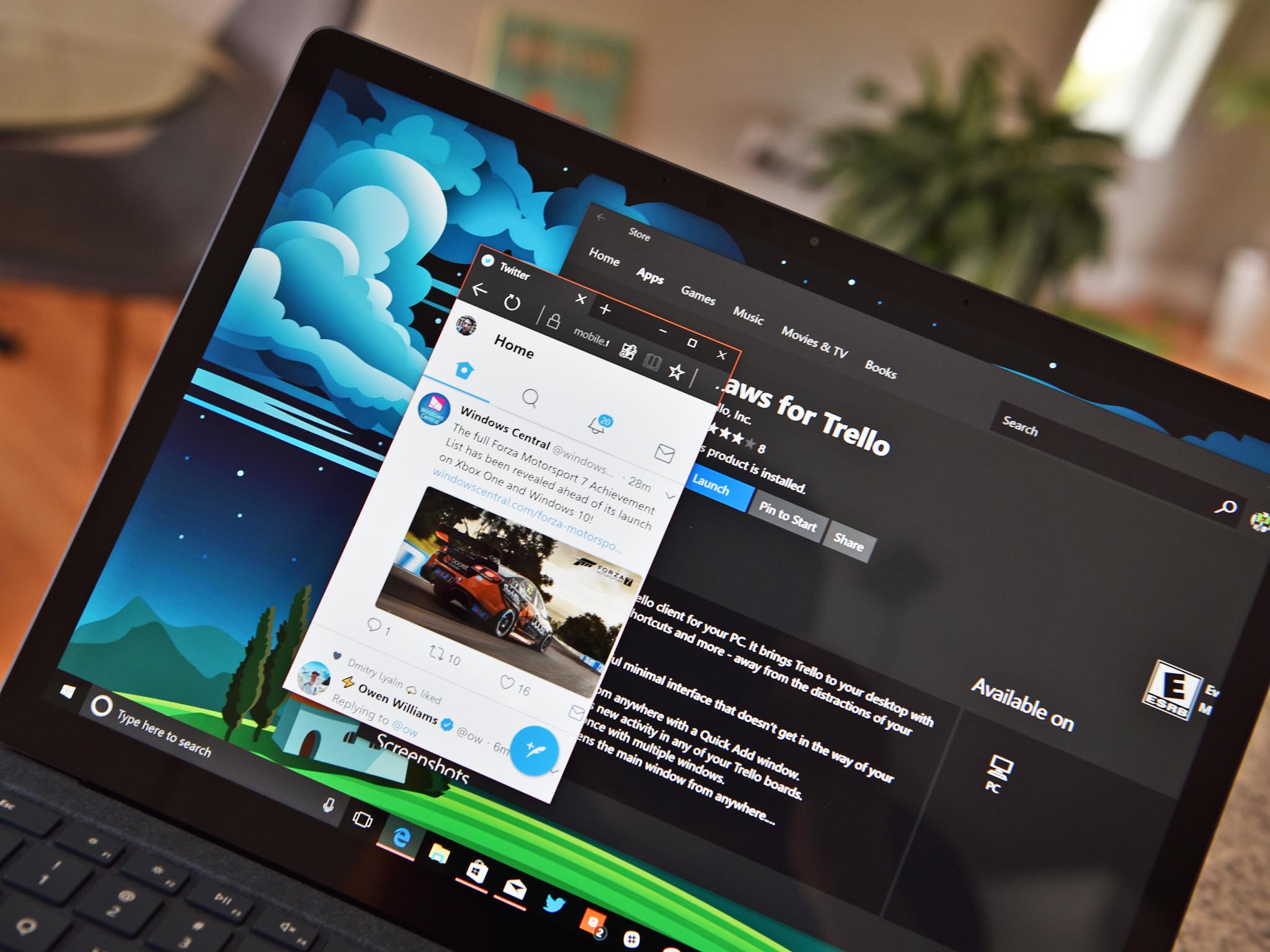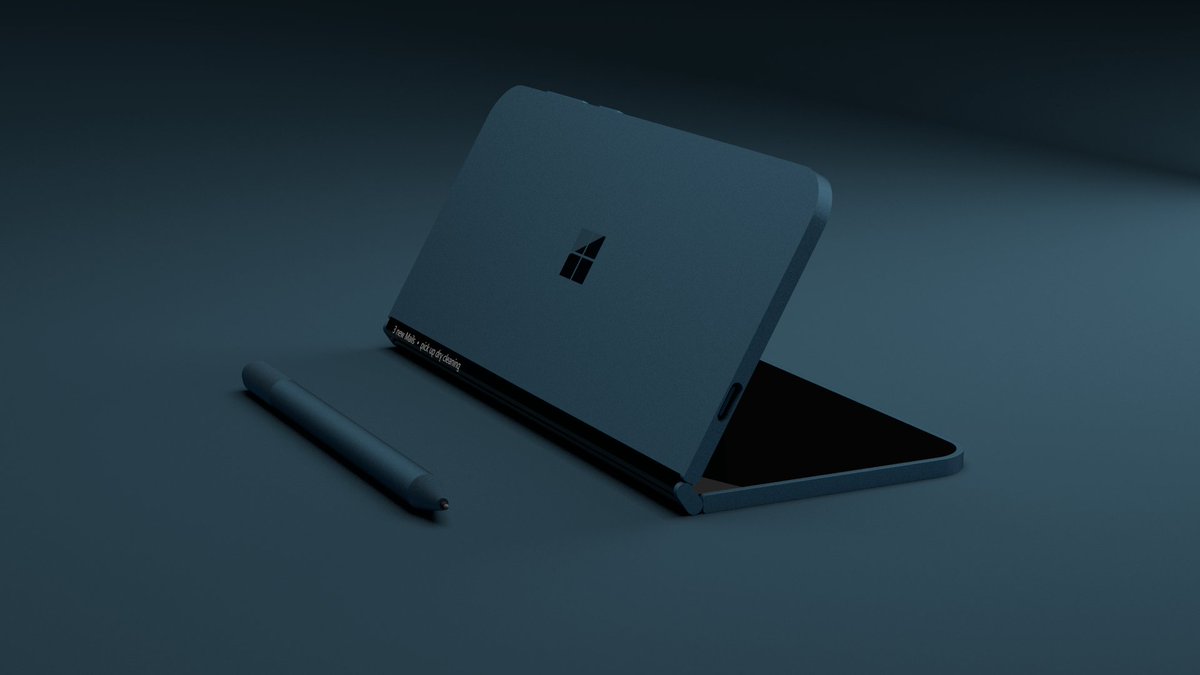Progressive Web Apps (PWA) may be the great equalizer for Microsoft, Google and Apple
What if there was one app standard Microsoft, Google and Apple all adopted? Progressive Web Apps (PWA) may be that great equalizer.

The current app model is robust and thriving but has shortcomings.
Millions of available apps make discoverability difficult, developers find building and maintaining apps for different ecosystems a challenge, and app development can be expensive. In an increasingly connected world, PWAs may solve these problems. They're universal, easy to build and maintain, cost-effective and searchable. Critics contend that Microsoft, Google, and Apple would never adopt a single app platform that challenges the established model. But those critics are wrong.
Google's web app progress
Google references its collaboration with Microsoft on PWAs.
Google's PWA journey began with running browser apps in Chrome on Android. This was resource intensive, however, and presented UI and other issues. Service workers, or scripts that the browser runs in the background and enable features that don't need a webpage or user interaction, were introduced to mitigate these resource issues.
Service workers use JavaScript to handle resource loading for web pages without network access. Simply put, because of service workers, PWAs are websites that continue to live on the web while an app shell and configuration file are downloaded to a user's device, which enables the native app experience. PWAs combine the best of the web with the engagement and experience of apps such as notifications and background syncing.
In fact, PWA and native apps, like Google's native Weather and PWA apps, are virtually identical. PWAs also allow app icons, full-screen display without the address bar, are installable, and have fast on and offline functionality.
Android treats PWAs like native apps.
Google's ensuring that Android treats PWAs like native apps. Google's also transitioning its Sports, Traffic, and others web properties to PWA. If this sounds familiar, it should. Microsoft's "Westminster" app bridge converts web apps to UWP apps, which have native app functionality and are distributed through the Microsoft Store.
All the latest news, reviews, and guides for Windows and Xbox diehards.
Still, Google's solution intrigued Microsoft and in a move that might surprise loyalists, Microsoft reached out to Google and the two have been working together on PWAs ever since.
Microsoft progresses with PWAs
Microsoft's Jeffrey Burtoft, principal program manager for partner app experiences, said, "We met with Google about a year and a half ago, to see if these two things [Westminster apps and PWAs] were really the same thing ... we decided that we would move forward together, and provide a single way for web developers to build apps that run on all platforms."
Windows 10 will treat PWAs like native UWP apps.
Microsoft subsequently merged its Westminster app bridge with Google's PWA solution. The two companies are following the same standards for PWAs where common functions for their distinct platforms overlap. Where platform-specific functionality is concerned, like Live Tiles, the solutions are applied accordingly.
Like Android Windows, (not just Edge), will treat PWAs as it does native apps beginning with Redstone 4 this April. Service workers were introduced in an earlier build. PWAs in Windows will be capable of UWP features like Cortana integration, notifications, Live Tiles and more. They'll be distributed through the Microsoft Store and as on Android, will be indistinguishable from natives apps.
Is Apple onboard?
Critics have asserted Apple would never embrace PWAs. According to Apple's Web Technologies Evangelist, Johnathan Davis, however, it already has:
Yes, it is beginning.Yes, it is beginning.— Jonathan Davis (@jonathandavis) August 3, 2017August 3, 2017
And an excerpt from the Webkit's release notes reads:
Offline applications are important to the web. After HTML5 first tried to accommodate them with the Offline Application Cache, the Service Workers specification was created as a successor ... we're excited to enable Service Workers by default in this release.
Though Apple's adopting PWAs, it may not join Google and Microsoft's collaboration on common standards. Still, since these companies and Mozilla are embracing this platform-agnostic app development approach, developers can build for multiple ecosystems with ease.
I've predicted PWAs will become more mainstream this year as these corporations begin pushing them. Microsoft Build, Google I/O and Apple's World Wide Developer Conference (WWDC), I anticipate, will reveal each company's plans for PWAs.
PWAs, indexing and search
Native apps require entities to add deep links from their apps to their websites. Indexing or deep-link failures can occur when changes to the app or website are made, however.
PWAs, because of their hybrid app-web nature, are already indexed on the web, and are self-contained apps. This eliminates the challenges of maintaining deep link consistency between apps and websites. Additionally, the Microsoft Store will search the web for PWAs and users can download them like native apps.
PWAs capabilities match the device they're on. A PWA on the desktop may be more feature-rich than on mobile. Admittedly, not all apps transition well to PWAs, but most will. The progressive adoption of PWAs will, therefore, coexist to some extent, with current apps.
A connected computing future

Since Windows 10 will treat PWAs as native apps, Microsoft's rumored folding mobile device category (and all Windows devices), which will run Windows Core OS, will benefit from PWA adoption. Folded, unfolded or connected to an external display, CShell will adapt this device UI to the user's context and PWAs will adapt as well.
Now Read
How Qualcomm (not just Microsoft) is making PCs post-smartphone devices

Jason L Ward is a Former Columnist at Windows Central. He provided a unique big picture analysis of the complex world of Microsoft. Jason takes the small clues and gives you an insightful big picture perspective through storytelling that you won't find *anywhere* else. Seriously, this dude thinks outside the box. Follow him on Twitter at @JLTechWord. He's doing the "write" thing!




